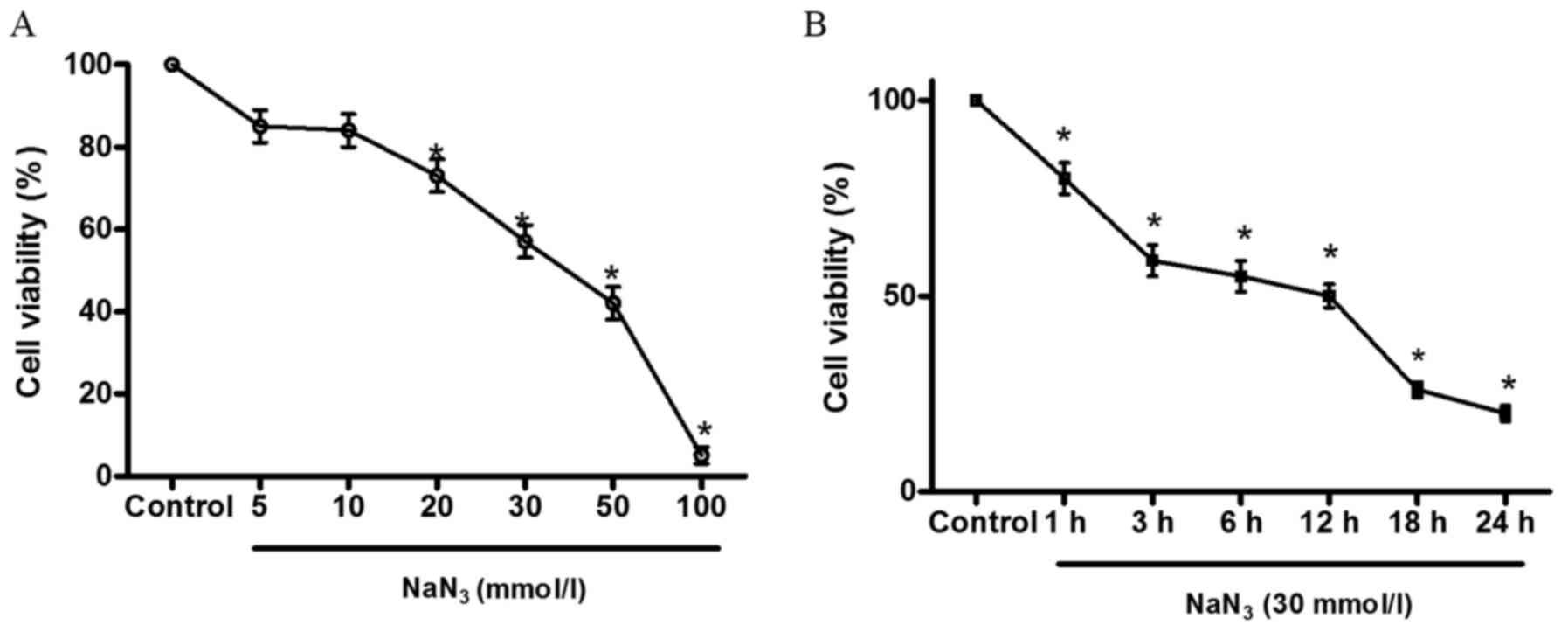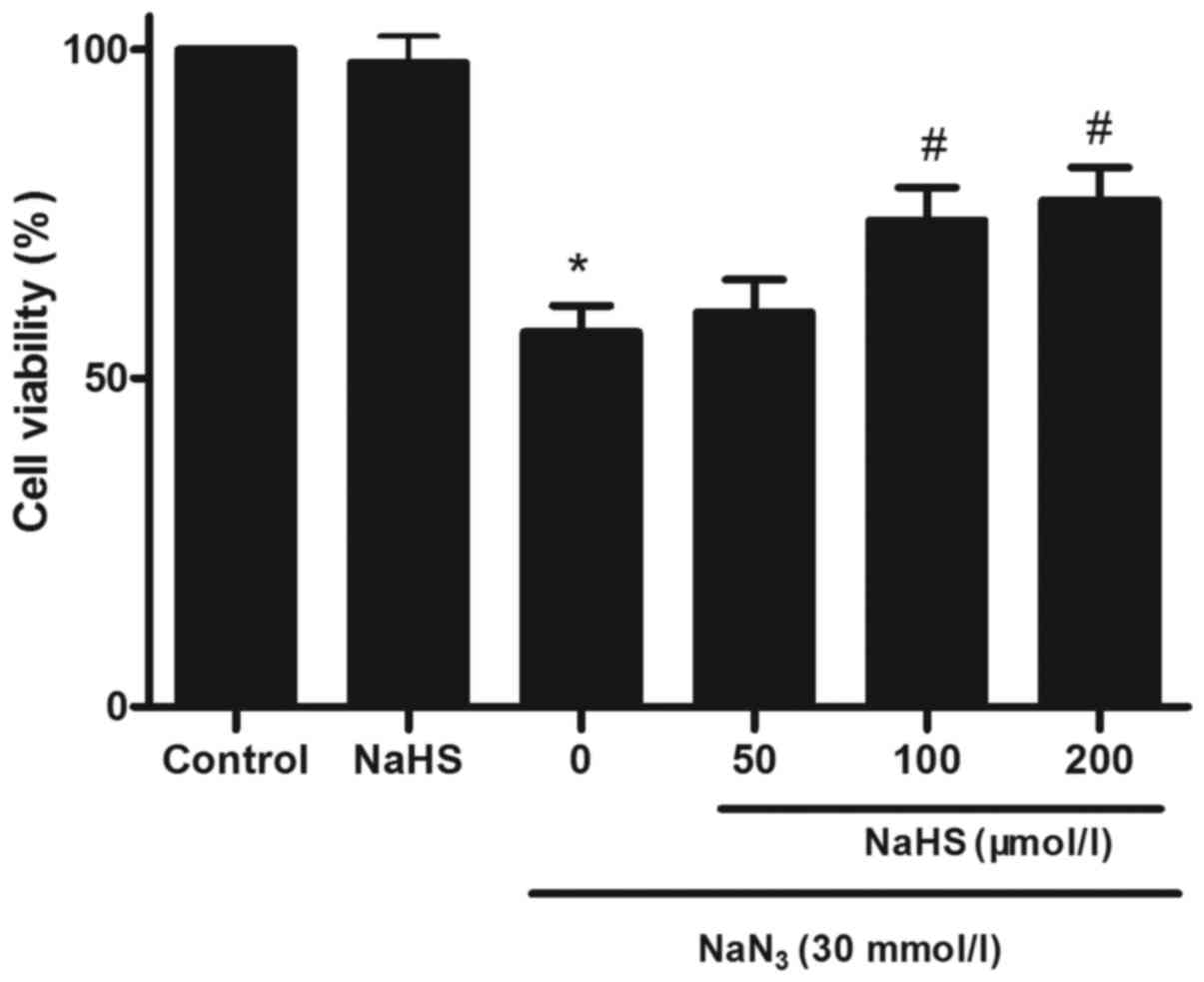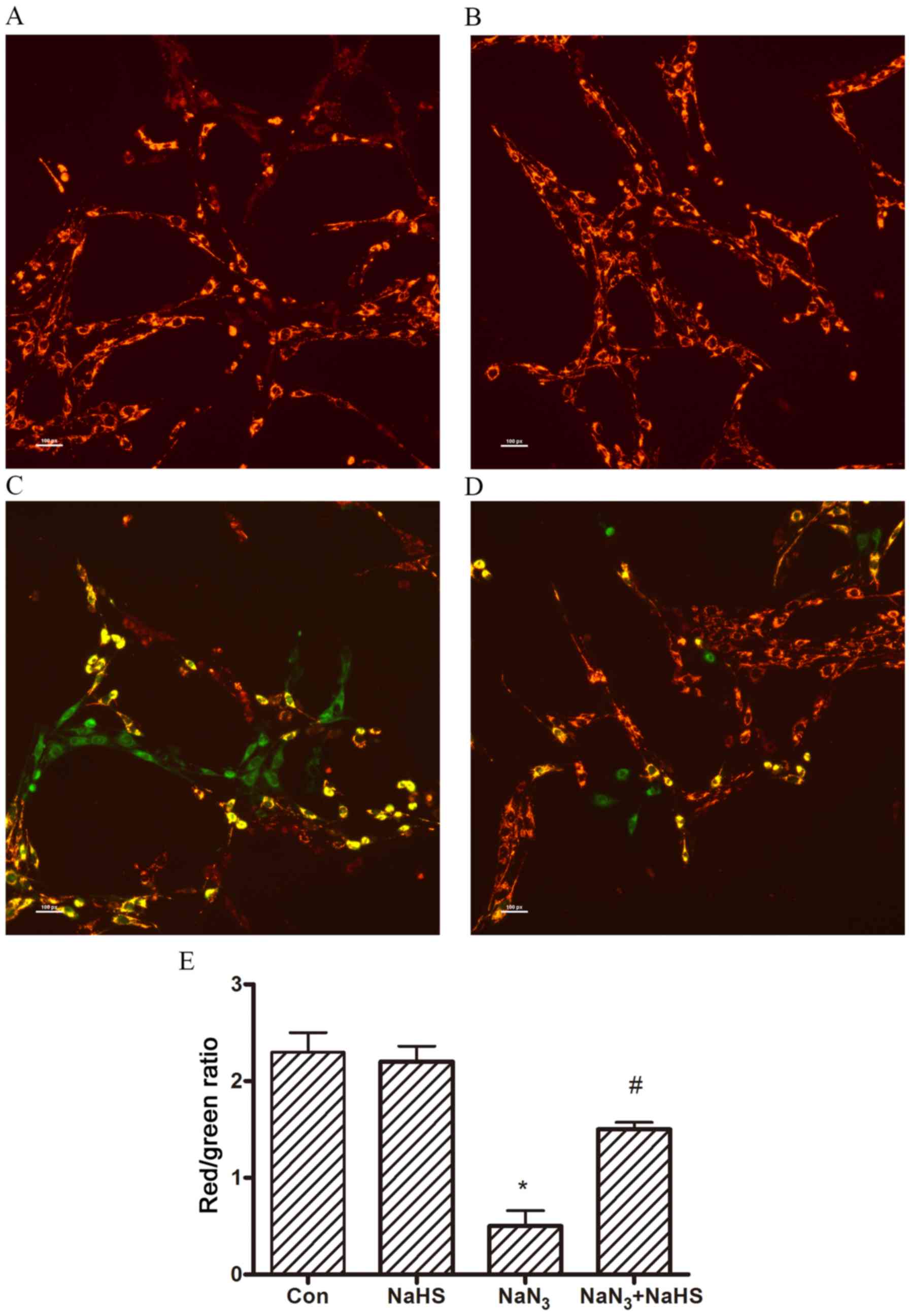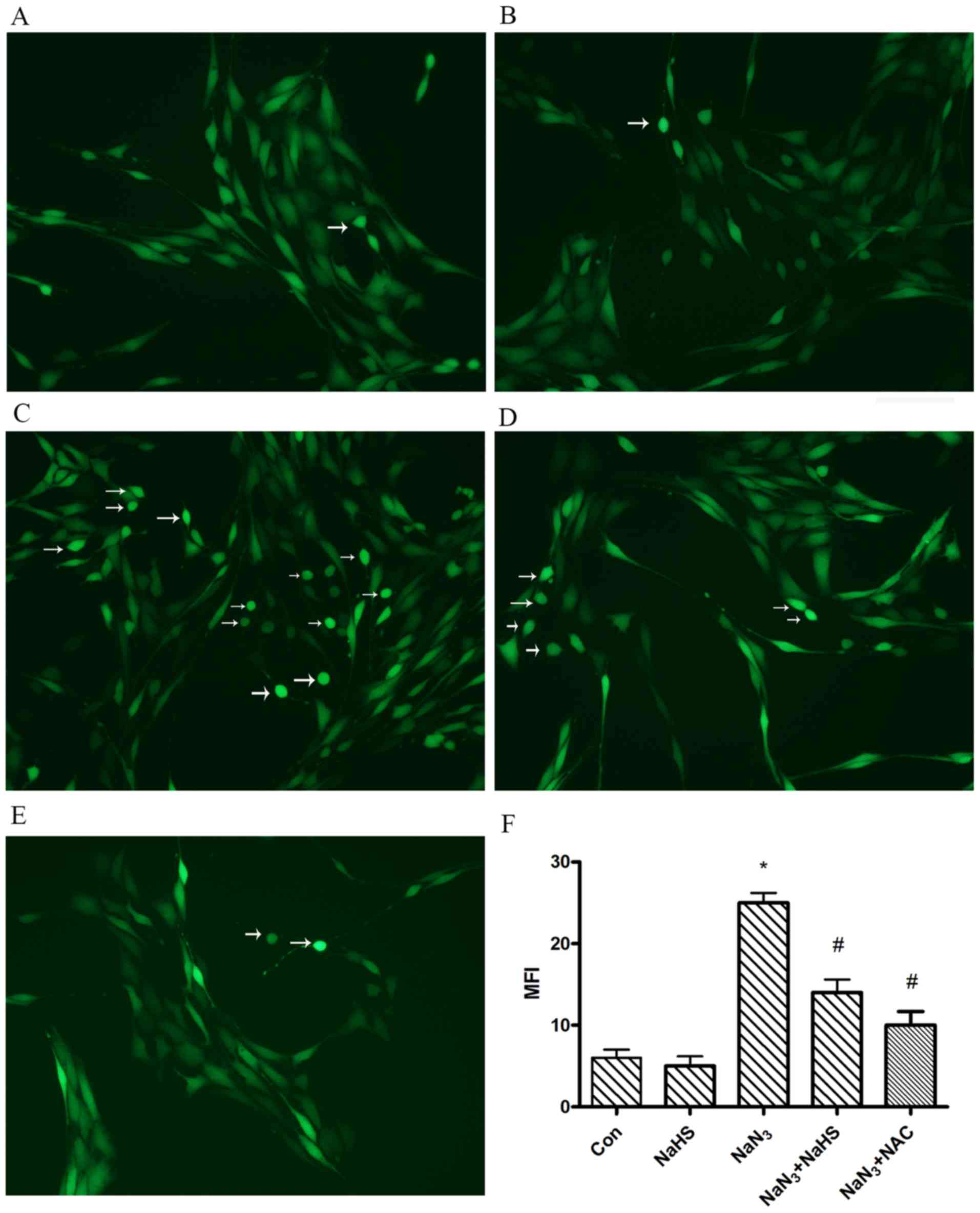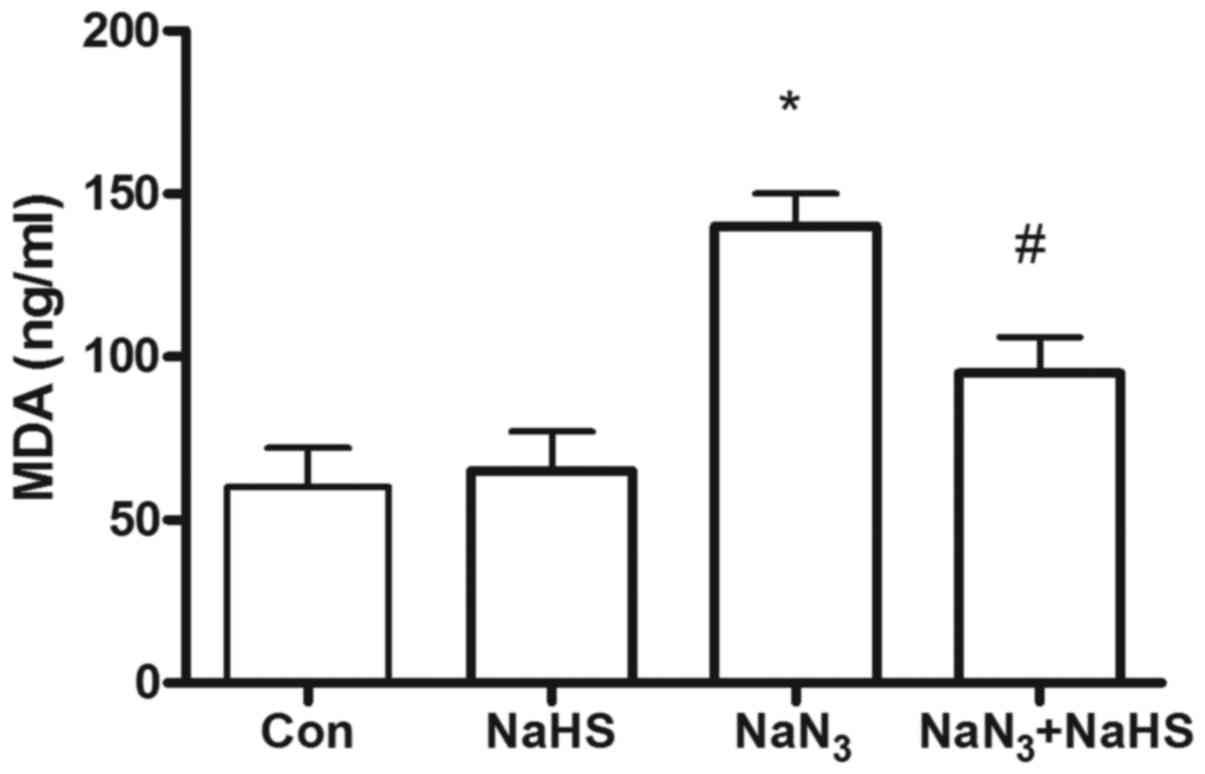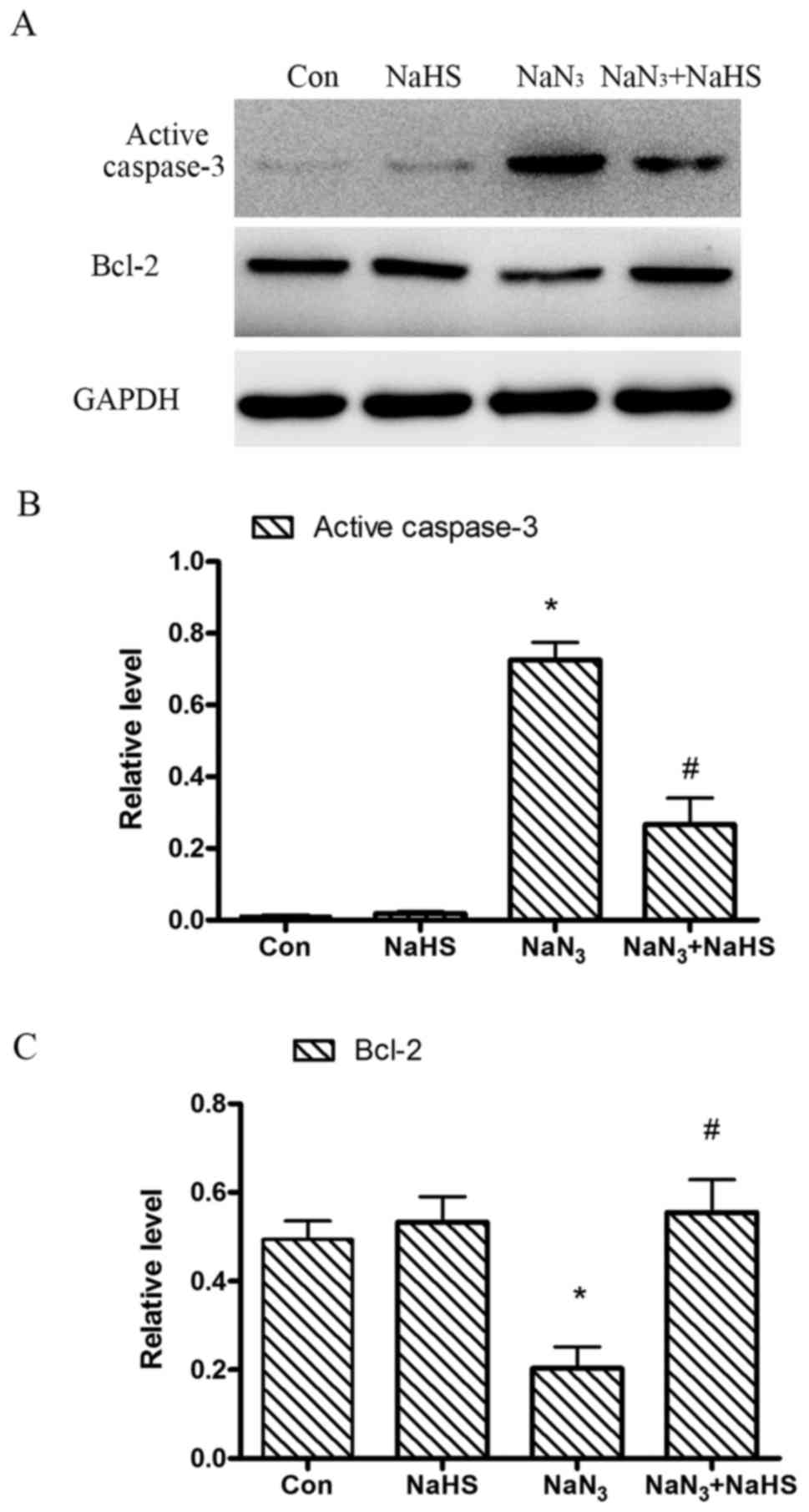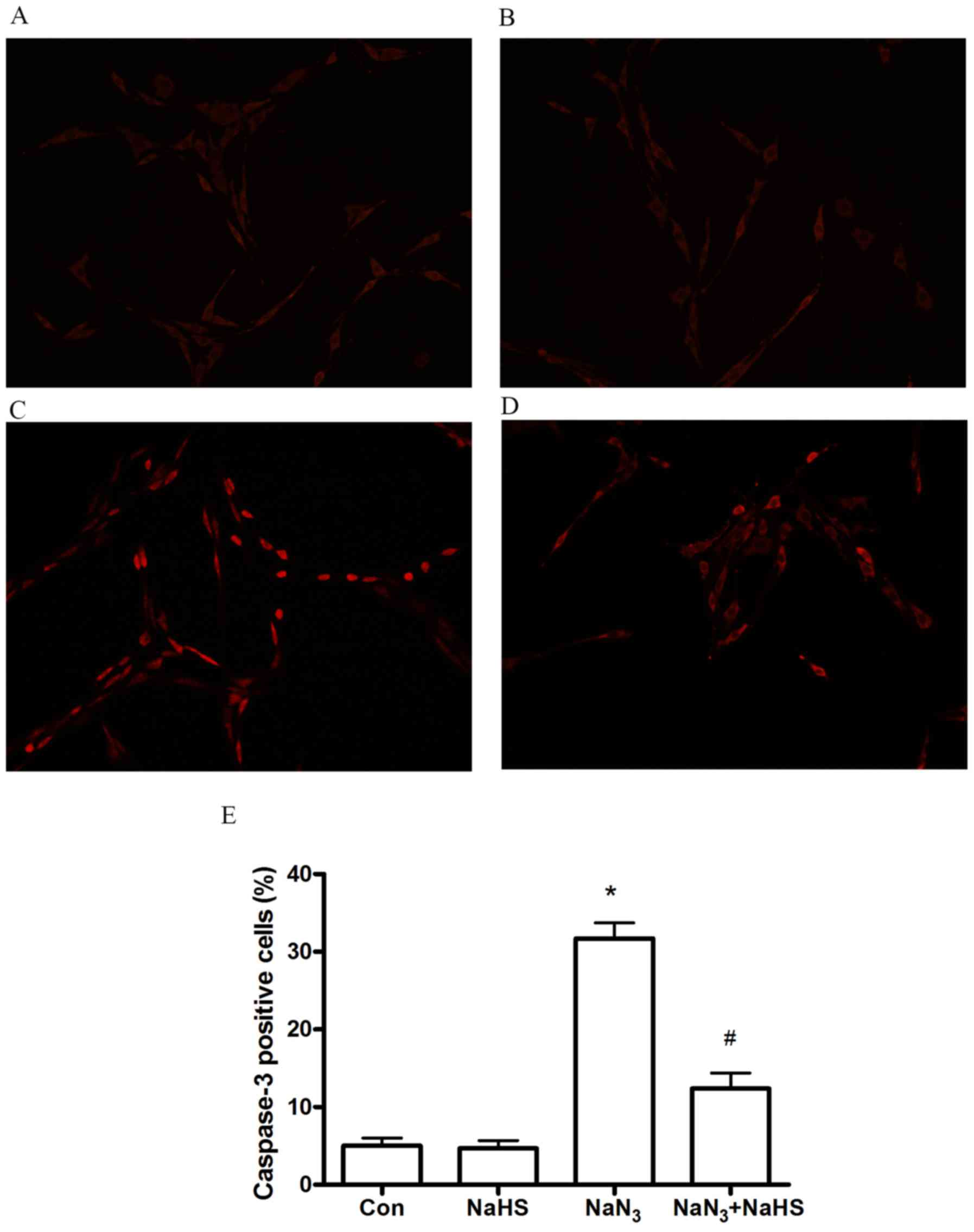|
1
|
Takahashi RH, Nagao T and Gouras GK:
Plaque formation and the intraneuronal accumulation of β-amyloid in
Alzheimer's disease. Pathol Int. 67:185–193. 2017. View Article : Google Scholar : PubMed/NCBI
|
|
2
|
Martinez-Vicente M: Neuronal mitophagy in
neurodegenerative diseases. Front Mol Neurosci. 10:642017.
View Article : Google Scholar : PubMed/NCBI
|
|
3
|
Menzies FM, Fleming A, Caricasole A, Bento
CF, Andrews SP, Ashkenazi A, Füllgrabe J, Jackson A, Jimenez
Sanchez M, Karabiyik C, et al: Autophagy and neurodegeneration:
pathogenic mechanisms and therapeutic opportunities. Neuron.
93:1015–1034. 2017. View Article : Google Scholar : PubMed/NCBI
|
|
4
|
Cai Q and Tammineni P: Alterations in
mitochondrial quality control in Alzheimer's disease. Front Cell
Neurosci. 10:242016. View Article : Google Scholar : PubMed/NCBI
|
|
5
|
Cai Q and Tammineni P: Mitochondrial
aspects of synaptic dysfunction in Alzheimer's disease. J
Alzheimers Dis. 57:1087–1103. 2017. View Article : Google Scholar
|
|
6
|
Cadonic C, Sabbir MG and Albensi BC:
Mechanisms of mitochondrial dysfunction in Alzheimer's disease. Mol
Neurobiol. 53:6078–6090. 2016. View Article : Google Scholar : PubMed/NCBI
|
|
7
|
Bennett MC, Mlady GW, Kwon YH and Rose GM:
Chronic in vivo sodium azide infusion induces selective and stable
inhibition of cytochrome c oxidase. J Neurochem. 66:2606–2611.
1996. View Article : Google Scholar : PubMed/NCBI
|
|
8
|
Weinstock M and Shoham S: Rat models of
dementia based on reductions in regional glucose metabolism,
cerebral blood flow and cytochrome oxidase activity. J Neural
Transm (Vienna). 111:347–366. 2004. View Article : Google Scholar
|
|
9
|
Huang CW and Moore PK: H2S
synthesizing enzymes: biochemistry and molecular aspects. Handb Exp
Pharmacol. 230:3–25. 2015. View Article : Google Scholar
|
|
10
|
Kimura H: Hydrogen sulfide and
polysulfides as biological mediators. Molecules. 19:16146–16157.
2014. View Article : Google Scholar : PubMed/NCBI
|
|
11
|
Kimura H: Hydrogen sulfide: its
production, release and functions. Amino Acids. 41:113–121. 2011.
View Article : Google Scholar
|
|
12
|
Liu Y, Deng Y, Liu H, Yin C, Li X and Gong
Q: Hydrogen sulfide ameliorates learning memory impairment in
APP/PS1 transgenic mice: a novel mechanism mediated by the
activation of Nrf2. Pharmacol Biochem Behav. 150–151:207–216. 2016.
View Article : Google Scholar
|
|
13
|
Dwyer BE, Raina AK, Perry G and Smith MA:
Homocysteine and Alzheimer's disease: a modifiable risk. Free Radic
Biol Med. 36:1471–1475. 2004. View Article : Google Scholar : PubMed/NCBI
|
|
14
|
Wei HJ, Li X and Tang XQ: Therapeutic
benefits of H2S in Alzheimer's disease. J Clin Neurosci.
21:1665–1669. 2014. View Article : Google Scholar : PubMed/NCBI
|
|
15
|
Zhang M, Shan H, Chang P, Wang T, Dong W,
Chen X and Tao L: Hydrogen sulfide offers neuroprotection on
traumatic brain injury in parallel with reduced apoptosis and
autophagy in mice. PLoS One. 9:e872412014. View Article : Google Scholar : PubMed/NCBI
|
|
16
|
Zhang M, Shan H, Wang T, Liu W, Wang Y,
Wang L, Zhang L, Chang P, Dong W, Chen X, et al: Dynamic change of
hydrogen sulfide after traumatic brain injury and its effect in
mice. Neurochem Res. 38:714–725. 2013. View Article : Google Scholar : PubMed/NCBI
|
|
17
|
Tayler H, Fraser T, Miners JS, Kehoe PG
and Love S: Oxidative balance in Alzheimer's disease: relationship
to APOE, Braak tangle stage, and the concentrations of soluble and
insoluble amyloid-β. J Alzheimers Dis. 22:1363–1373. 2010.
View Article : Google Scholar
|
|
18
|
Chauhan V and Chauhan A: Oxidative stress
in Alzheimer's disease. Pathophysiology. 13:195–208. 2006.
View Article : Google Scholar : PubMed/NCBI
|
|
19
|
Henriques AG, Domingues SC, Fardilha M, da
Cruz e Silva EF and da Cruz e Silva OA: Sodium azide and 2-deoxy-
D-glucose-induced cellular stress affects phosphorylation-dependent
AbetaPP processing. J Alzheimers Dis. 7:201–212. 2005. View Article : Google Scholar
|
|
20
|
Zhu X, Raina AK, Lee HG, Casadesus G,
Smith MA and Perry G: Oxidative stress signalling in Alzheimer's
disease. Brain Res. 1000:32–39. 2004. View Article : Google Scholar : PubMed/NCBI
|
|
21
|
Butterfield DA, Swomley AM and Sultana R:
Amyloid β-peptide (1-42)-induced oxidative stress in Alzheimer
disease: importance in disease pathogenesis and progression.
Antioxid Redox Signal. 19:823–835. 2013. View Article : Google Scholar :
|
|
22
|
Butterfield DA, Di Domenico F, Swomley AM,
Head E and Perluigi M: Redox proteomics analysis to decipher the
neurobiology of Alzheimer-like neurodegeneration: overlaps in
Down's syndrome and Alzheimer's disease brain. Biochem J.
463:177–189. 2014. View Article : Google Scholar : PubMed/NCBI
|
|
23
|
Petersen RB, Nunomura A, Lee HG, Casadesus
G, Perry G, Smith MA and Zhu X: Signal transduction cascades
associated with oxidative stress in Alzheimer's disease. J
Alzheimers Dis. 11:143–152. 2007. View Article : Google Scholar : PubMed/NCBI
|
|
24
|
Dringen R: Metabolism and functions of
glutathione in brain. Prog Neurobiol. 62:649–671. 2000. View Article : Google Scholar : PubMed/NCBI
|
|
25
|
Gadalla MM and Snyder SH: Hydrogen sulfide
as a gasotransmitter. J Neurochem. 113:14–26. 2010. View Article : Google Scholar : PubMed/NCBI
|
|
26
|
Dumont M and Beal MF: Neuroprotective
strategies involving ROS in Alzheimer disease. Free Radic Biol Med.
51:1014–1026. 2011. View Article : Google Scholar
|
|
27
|
Ott M, Gogvadze V, Orrenius S and
Zhivotovsky B: Mitochondria, oxidative stress and cell death.
Apoptosis. 12:913–922. 2007. View Article : Google Scholar : PubMed/NCBI
|
|
28
|
Yin F, Boveris A and Cadenas E:
Mitochondrial energy metabolism and redox signaling in brain aging
and neurodegeneration. Antioxid Redox Signal. 20:353–371. 2014.
View Article : Google Scholar :
|
|
29
|
Sato E, Suzuki T, Hoshi N, Sugino T and
Hasegawa H: Sodium azide induces necrotic cell death in rat
squamous cell carcinoma SCC131. Med Mol Morphol. 41:211–220. 2008.
View Article : Google Scholar : PubMed/NCBI
|
|
30
|
Lutton JD, Moonga BS and Dempster DW:
Osteoclast demise in the rat: physiological versus degenerative
cell death. Exp Physiol. 81:251–260. 1996. View Article : Google Scholar : PubMed/NCBI
|
|
31
|
Amador FC and Henriques AG: Monitoring
protein phosphatase 1 isoform levels as a marker for cellular
stress. Neurotoxicol Teratol. 26:387–395. 2004. View Article : Google Scholar : PubMed/NCBI
|
|
32
|
Satpute R, Bhattacharya R, S Kashyap R, J
Purohit H, Y Deopujari J, M Taori G and F Daginawala H: Antioxidant
potential of Fagonia arabica against the chemical ischemia-induced
in PC12 cells. Iran J Pharm Res. 11:303–313. 2012.PubMed/NCBI
|
|
33
|
Wang Y, Cao L and Du G: Protective effects
of Aloe vera extract on mitochondria of neuronal cells and rat
brain. Zhongguo Zhong Yao Za Zhi. 35:364–368. 2010.In Chinese.
PubMed/NCBI
|
|
34
|
Zhang L, Cheng X and Hu J: Neuroprotective
effects of hyperoside on sodium azide-induced apoptosis in PC12
cells. Chin J Nat Med. 9:450–455. 2011.
|
|
35
|
Smith CM, Chen Y, Sullivan ML, Kochanek PM
and Clark RS: Autophagy in acute brain injury: feast, famine, or
folly. Neurobiol Dis. 43:52–59. 2011. View Article : Google Scholar
|
|
36
|
Liu L, Sun T, Xin F, Cui W, Guo J and Hu
J: Nerve growth factor protects against alcohol-induced
neurotoxicity in PC12 cells via PI3K/Akt/mTOR pathway. Alcohol
Alcohol. 52:12–18. 2017. View Article : Google Scholar
|
|
37
|
Shan H, Chu Y, Chang P, Yang L, Wang Y,
Zhu S, Zhang M and Tao L: Neuroprotective effects of hydrogen
sulfide on sodium azide-induced autophagic cell death in PC12
cells. Mol Med Rep. Aug 25–2017.Epub ahead of print. View Article : Google Scholar
|
|
38
|
Selvatici R, Previati M, Marino S, Marani
L, Falzarano S, Lanzoni I and Siniscalchi A: Sodium azide induced
neuronal damage in vitro: evidence for non-apoptotic cell death.
Neurochem Res. 34:909–916. 2009. View Article : Google Scholar
|
|
39
|
Kimura H: Hydrogen sulfide: production,
release, and functions. Nippon Yakurigaku Zasshi. 139:6–8. 2012.In
Japanese. View Article : Google Scholar
|
|
40
|
Zhang Y, Tang ZH, Ren Z, Qu SL, Liu MH,
Liu LS and Jiang ZS: Hydrogen sulfide, the next potent preventive
and therapeutic agent in aging and age-associated diseases. Mol
Cell Biol. 33:1104–1113. 2013. View Article : Google Scholar : PubMed/NCBI
|
|
41
|
Ishigami M, Hiraki K, Umemura K, Ogasawara
Y, Ishii K and Kimura H: A source of hydrogen sulfide and a
mechanism of its release in the brain. Antioxid Redox Signal.
11:205–214. 2009. View Article : Google Scholar
|
|
42
|
Kimura H: Hydrogen sulfide: from brain to
gut. Antioxid Redox Signal. 12:1111–1123. 2010. View Article : Google Scholar
|
|
43
|
Yu XH, Cui LB, Wu K, Zheng XL, Cayabyab
FS, Chen ZW and Tang CK: Hydrogen sulfide as a potent
cardiovascular protective agent. Clin Chim Acta. 437:78–87. 2014.
View Article : Google Scholar : PubMed/NCBI
|
|
44
|
Jin Z, Chan H, Ning J, Lu K and Ma D: The
role of hydrogen sulfide in pathologies of the vital organs and its
clinical application. J Physiol Pharmacol. 66:169–179.
2015.PubMed/NCBI
|
|
45
|
Al-Magableh MR, Kemp-Harper BK and Hart
JL: Hydrogen sulfide treatment reduces blood pressure and oxidative
stress in angiotensin II-induced hypertensive mice. Hypertens Res.
38:13–20. 2015. View Article : Google Scholar
|
|
46
|
Meng G, Ma Y, Xie L, Ferro A and Ji Y:
Emerging role of hydrogen sulfide in hypertension and related
cardiovascular diseases. Br J Pharmacol. 172:5501–5511. 2015.
View Article : Google Scholar :
|
|
47
|
Benetti LR, Campos D, Gurgueira SA,
Vercesi AE, Guedes CE, Santos KL, Wallace JL, Teixeira SA,
Florenzano J, Costa SK, et al: Hydrogen sulfide inhibits oxidative
stress in lungs from allergic mice in vivo. Eur J Pharmacol.
698:463–469. 2013. View Article : Google Scholar
|
|
48
|
Wu D, Luo N, Wang L, Zhao Z, Bu H, Xu G,
Yan Y, Che X, Jiao Z, Zhao T, et al: Hydrogen sulfide ameliorates
chronic renal failure in rats by inhibiting apoptosis and
inflammation through ROS/MAPK and NF-κB signaling pathways. Sci
Rep. 7:4552017. View Article : Google Scholar
|
|
49
|
Suzuki K, Olah G, Modis K, Coletta C, Kulp
G, Gerö D, Szoleczky P, Chang T, Zhou Z, Wu L, et al: Hydrogen
sulfide replacement therapy protects the vascular endothelium in
hyperglycemia by preserving mitochondrial function. Proc Natl Acad
Sci USA. 108:13829–13834. 2011. View Article : Google Scholar : PubMed/NCBI
|
|
50
|
Hu LF, Lu M, Tiong CX, Dawe GS, Hu G and
Bian JS: Neuroprotective effects of hydrogen sulfide on Parkinson's
disease rat models. Aging Cell. 9:135–146. 2010. View Article : Google Scholar : PubMed/NCBI
|
|
51
|
Kimura Y and Kimura H: Hydrogen sulfide
protects neurons from oxidative stress. FASEB J. 18:1165–1167.
2004.PubMed/NCBI
|















